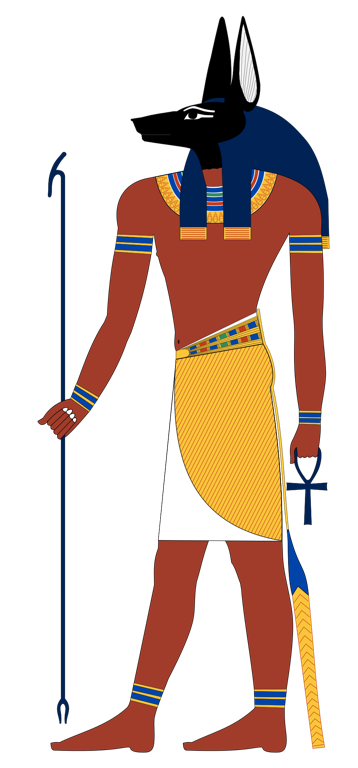Anubis is one of the most iconic gods of ancient Egypt, known for his role as protector of graves and guide to the afterlife. Often depicted as a man with the head of a jackal, Anubis is thought to have protected the dead from evil forces while they journeyed through the underworld. This deity assumed the role of the weigher of hearts during the judgment ceremonies, a critical stage where the souls of the deceased were evaluated for their worthiness to enter the afterlife. The practice of mummification is also tied to Anubis, as he is credited with embalming Osiris, the first mummy, setting a standard for the preservation of bodies to ensure their integrity in the world beyond.
The Ancient Egyptians
Ancient Egyptian Historical Sites and Ruins
Egyptian Mythology
Ancient Egyptian Artifacts
| Ankh Cross |
| Dream Stele |
Historical Figures
| Ramses II |
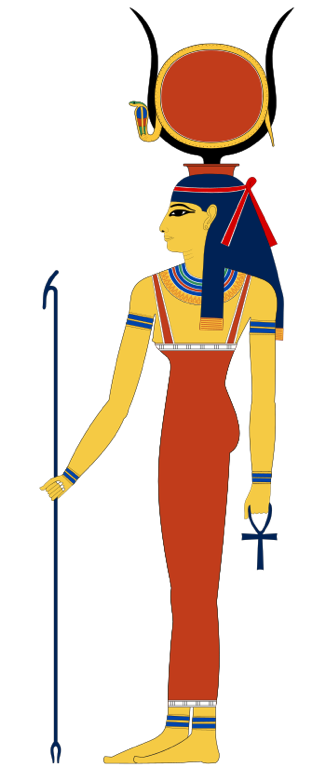
Hathor Egyptian Goddess
In ancient Egyptian culture, Hathor stood as a symbol of motherhood, joy, and love. She rose above other deities in her multitude of roles. Revered as the “Mistress of Heaven,” Hathor was the protector of women and a guardian of love, music, and beauty. Her depictions often show her as a cow, a woman with cow’s ears, or a woman wearing the headdress of a cow’s horns and a sun disk. This emphasizes her nurturing and life-giving aspects, akin to a cow’s role in sustaining her calves. Hathor’s worship circles back to the predynastic period, highlighting her enduring influence. Her temples, brimming with offerings, mirror her significant place in the hearts of the Egyptians. Pilgrimages to Dendera, her chief cult center, were common and served as a testament to her widespread adoration.
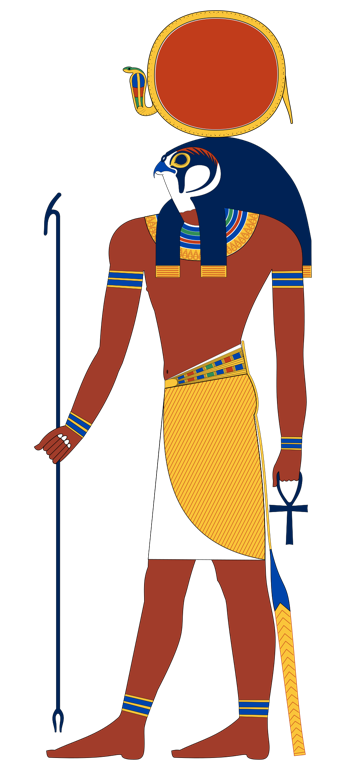
Ra (Atum) Egyptian God
Ra, also known as Atum, stands as one of ancient Egypt’s most revered deities, embodying the sun and creation. As the sun god, his daily journey across the sky depicts the cycle of life, death, and rebirth. The ancient Egyptians revered him as the king of gods, as well as the patron of the pharaoh and the creator of the world. His significance in Egyptian culture cannot be overstated, with his influence permeating religion, royalty, and the very understanding of life and the universe. Temples dedicated to Ra became centers of worship and learning, attracting followers who sought to honor his divine authority and wisdom.
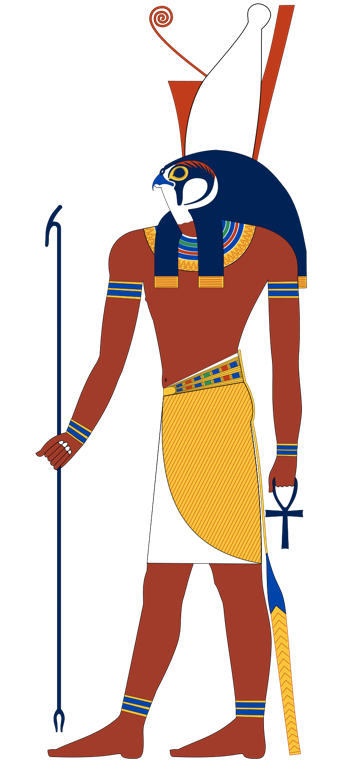
Horus Egyptian God
Horus stands as one of the most significant deities in ancient Egyptian mythology. The ancients revered him primarily as the sky god, with his eyes representing the sun and the moon. Born to Isis and Osiris, Horus embodies the theme of rightful succession. He avenges his father’s death at the hands of the usurper Seth, in a tale that captivates the struggle for power and order over chaos. Horus’s story underscores the pharaohs’ divine right to rule, as they were often equated with Horus. This link reflected their role as protectors of the realm and upholders of ma’at, the principle of cosmic balance and order.
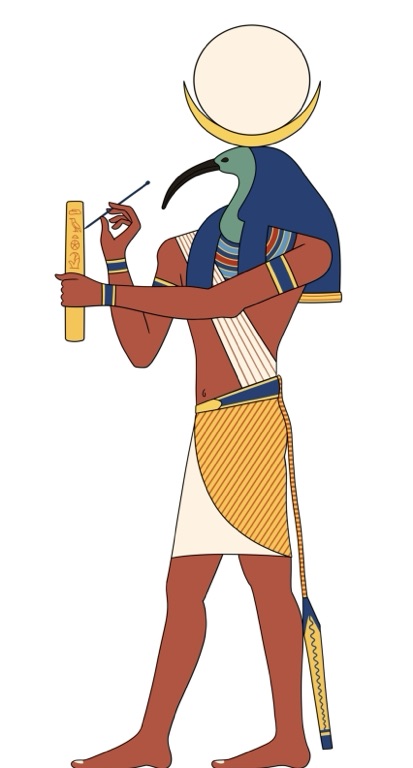
Thoth Egyptian God
Thoth, the Egyptian god of wisdom, stands out in Egyptian mythology. He is the inventor of writing and the divine scribe. People see him as a mediator between conflicting parties. Tales tell us he is a source of reason and logic. Thoth carries the role of maintaining the universe’s balance. His association with writing made him the master of knowledge. This aspect won him the title of “god of the scribes”. Artists often depict Thoth with the head of an ibis. Sometimes, as a baboon, both creatures linked to the moon.
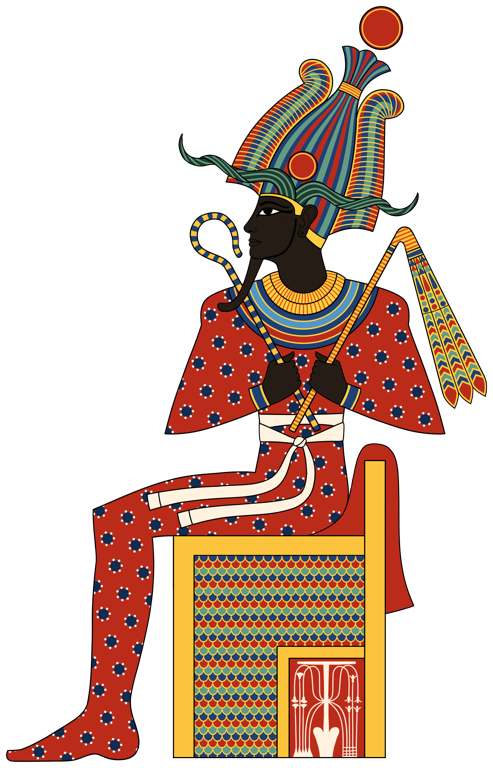
Osiris Egyptian God
Osiris, the ancient Egyptian god, holds a key role in the mythology, religion, and history of Egypt. He is the god of the afterlife, the underworld, and the dead, but not in a morbid sense. Instead, Osiris stands as a symbol of resurrection and eternal life. His story is a tale of betrayal, murder, and rebirth. It begins with his cruel brother Set, who conspired to kill him to usurp the throne. Isis, Osiris’s devoted wife, gathered his scattered body parts and restored him to life. This myth emphasizes the cycle of life, death, and rebirth, which was central to the Egyptian belief system. It profoundly impacted Egyptian culture, influencing burial practices and their understanding of the afterlife.

